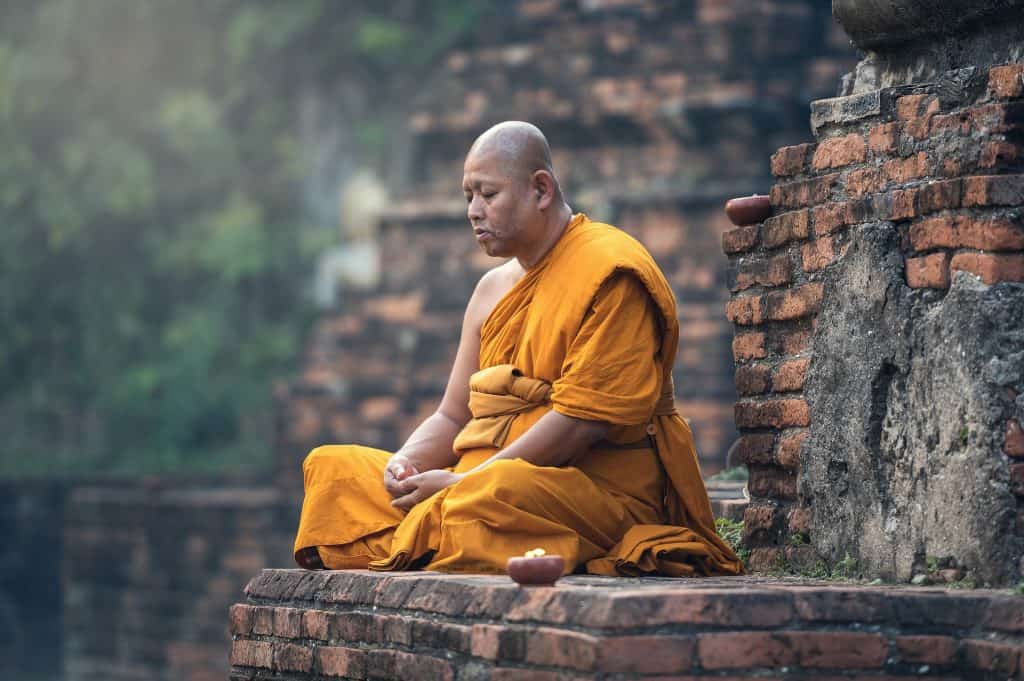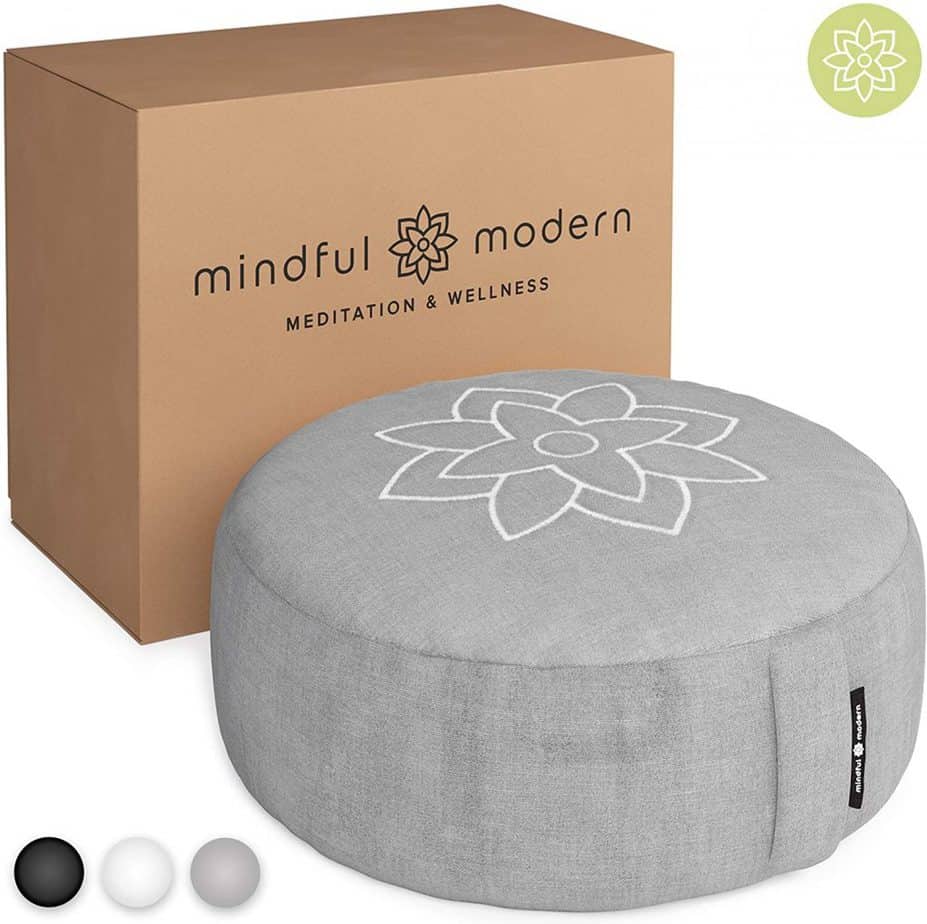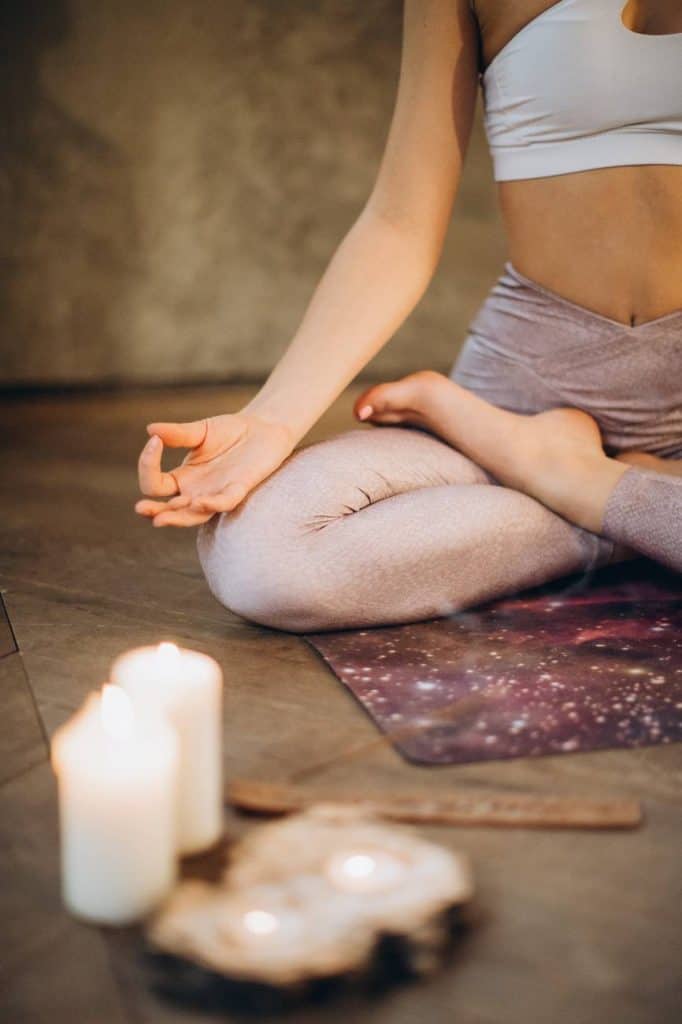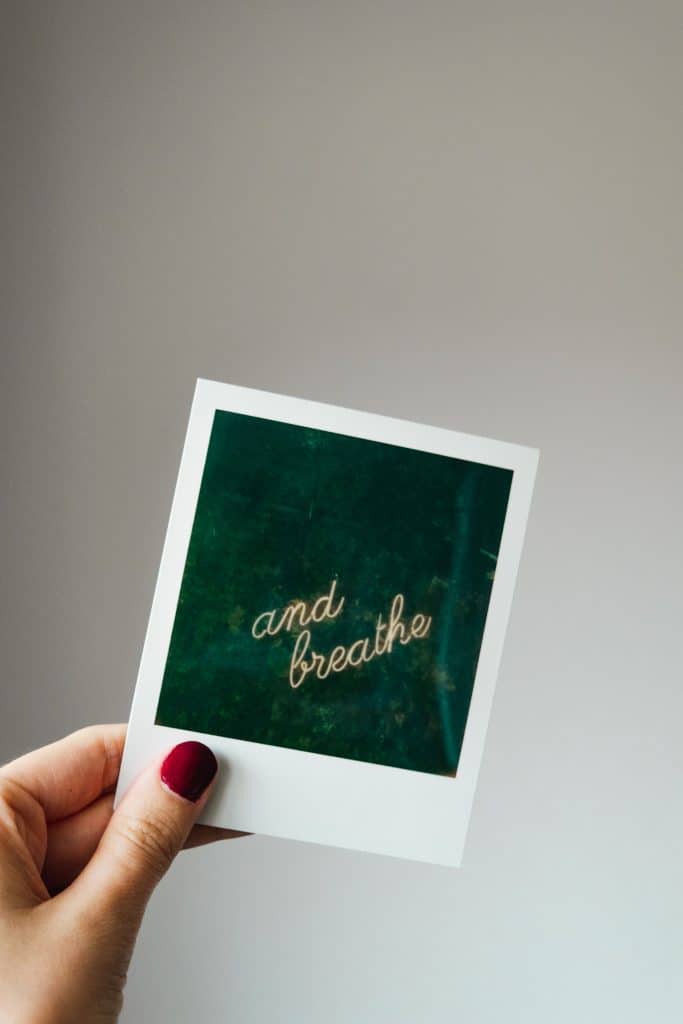It’s fair to say that an awareness of our surroundings and ability to stay present in each moment are about the most important factors for experiencing a more mindful and compassionate way of life. When we can let go of our anxiety for tomorrow, the need to judge what is taking place within and around us, and our mental conditioning from years that have passed, we can then reclaim the present moment and grant it the full level of awareness and attention that it deserves. This is what the practice of Zen Meditation (also known as Zazen) is all about; bringing our focus back into a place where it’s in its purest and fullest form by practising the art of “thinking without thinking”.

Create the right environment
To attain the goal of becoming as centered as possible, practitioners of Zen Meditation place special attention upon the breath and the breathing process to clear the mind and anchor themselves within the “now,” or present moment. Creating a relaxing and meditation-friendly environment where true mindfulness can take place is crucial for success, and will vary for everyone but could include meditation cushions, candles, incense, and more. The idea here is that the practitioner feels comfortable and at ease, able to devote sole attention to their Zen Meditation practice while feeling natural and comfortable within his or herself.
Adopt a comfortable position
Bringing that notion into our next step, it then becomes necessary to find a meditation position that allows the back and body to stay in an upright posture and provides a strong foundation for letting the breath move deeply, freely, and naturally within and throughout the body. Several methods and techniques exist to accomplish this, including the well-known “full lotus” position, which is generally recommended for more advanced practitioners, but not usually employed by beginners. The important thing is that you feel comfortable and in a position that allows the body rest comfortably, while being able to focus completely upon the mind and breathing process. Simply sitting upright with legs crossed or folded will do, and experimenting with multiple positions and techniques until you find one that’s best suited for you is typically a wise approach for beginners.

Looking for a Meditation Cushion?
Take a look at our hand picked top recommendation for your Meditation Cushion
Sustaining a relaxed level of awareness is key to perceiving thoughts, emotions, and the surroundings in a way that promotes Zen Meditation, and this can sometimes involve maintaining the eyes in a semi-open position. As with seating posture, this may vary according to the individual with the top priority being that the person is able to remain both comfortable and aware at all times. As thoughts, feelings, and even sensations come into the mind, the practitioner simply becomes aware of these phenomena without giving way to or becoming consumed by them, instead returning their focus to the pure awareness that recognizes them as being there in the first place. With practice over the course of time, they may even become able to break into new levels of perception that were previously unconscious, or gain profound insights into themselves and their inner being.
Head position during Zen Meditation
One point of advice worth mentioning often overlooked by those new to the practice of Zen Meditation is how important it is to position the head correctly. The spine should optimally align with the neck as if a straight line were running directly up it. Making sure there is nothing placing undue pressure or strain upon your body is very important for being able to create a steady rate of airflow and a peaceful state of mind. To achieve this, it’s commonly recommended for practitioners to tuck your head under the chin, as this helps maintain alignment between the spine and neck in a healthy and stable position.
Dress to decompress
Clothing is yet another area that can either help or hinder the meditation process, which is why it’s advised to wear clothing that is loose and comfortable, but not necessarily draping or hanging from the body. Plain cotton or silk clothing are generally safe options, but try to stray away from clothes that are overly weighty along with heavy jewelry pieces that can disrupt balance or a create a nuisance or distraction. Many find that putting their knees out in front of them helps to promote an upright and supportive posture, while also assisting to keep the head perfectly still and focused on the meditation at hand.

Those who decide to embark upon the journey of Zen Meditation may do so for a wide variety of reasons, but more evidence is showing its effectiveness in combating symptoms and conditions commonly associated with drug or alcohol addiction as well as its potential for relieving stress and anxiety, two of the most common mental health issues worldwide. By realizing the present to the best of our ability, we are able to be one with it rather than simply moving from moment to moment in an endless sequence of unrelated events. This helps us live a more purposeful and less reactionary life as we become more aware of our thoughts, feelings, and even consciousness on a deeper and more meaningful level.
Relaxation is a core concept involved in proper meditation, and through releasing tension in your jaw and facial muscles, you’ll be better prepared to attain deeper levels of meditation and feel more at ease as you focus intently on your breathing. Sitting for too long at once or forcing yourself to meditate tends to produce a less satisfactory outcome, so it’s a good approach to begin with only a few minutes at first to get yourself acquainted. Striving for perfection at the very start is almost a sure recipe for becoming discouraged, so focus on small victories until you’re able to sit for longer periods at a time and sustain a deeper and more focused meditation session.
Handy hints
Placing the hands restfully in a comfortable position will help to keep them from fidgeting or moving about in a distracting manner, and some may enjoy making a small oval shape in the center or their lap while others may be content simply resting them on their knees. Experiment with a variety of methods until you settle on the one that’s right for you, and allow your breath to move freely from your belly to your mouth and back again.
When it comes to persistent nagging thoughts, it’s natural for ideas and stubborn anxieties to return once seated on the meditation cushion. Simply be aware of them at first and permit them to be there while also allowing them to dissipate once more as you continue focusing upon your breathing and meditation. Pay attention to the surrounding stillness rather than concentrating too much on the thought itself, and understand both that it’s normal to have such thoughts as well as the fact that there’s little to gain from obsessing over them rather than spending quality attention on your meditation practice.
Breathe to relieve

It may be tempting to manipulate your breath or breathing in some way, but resist the urge to do so. Instead, aim for a natural and consistent breathing pattern to take place as you bring more and more focus into the center of your body (the diaphragm or middle-belly area). By doing so, you can ground your center of consciousness and achieve a more anchored level of awareness as you gradually fall into a deeper meditative state. Remember, Zen Meditation is a practice, and perfection can’t be expected in a single moment.
Clearing the mind completely and letting go of stressful thoughts and feelings takes practice, but as with most things, you’ll be surprised by how much progress can be made in just a matter of weeks. Zen Meditation can have a positive impact on overall health both mentally and physically, helping you stay grounded and balanced even in stressful moments and promoting a more grateful and optimistic attitude. Medical professionals continue to study in-depth the wide variety of benefits that can be achieved with meditation, and people may find that they even feel more attractive and confident in themselves than before.
The benefits of Zen Meditation
With even more research indicating the potential of meditation to enhance bloodflow and stimulate the right side of the brain, it stands as an attractive option for creatives and artists to engage the creative process. A versatile practice, you may continually discover new opportunities and positions to pursue your meditation practice, including in a chair, bed, or even standing or waiting in line. As you keep growing and become more skilled in your ability to meditate, chances are you’ll be able to exercise a greater degree of control over your Zen Meditation practice and adapt even while busy or at work.
With the correct mindset and an understanding of how to conduct proper practice, there’s no telling how much progress can be made or the benefits that can be obtained through Zen Meditation. Meditation is a journey of self-discovery, healing, and growth, things that can be enjoyed simply by spending quality time with oneself and listening to the deepest aspects from within. You’ll look forward to a greater peace of mind, a higher level of acceptance for your thoughts, feelings, and emotions, and perhaps a more compassionate outlook on the world and those around you. With so much to gain and so little to lose, it’s a wonder why more people aren’t turning to Zen Meditation as a way to live a fuller and brighter way of life!

